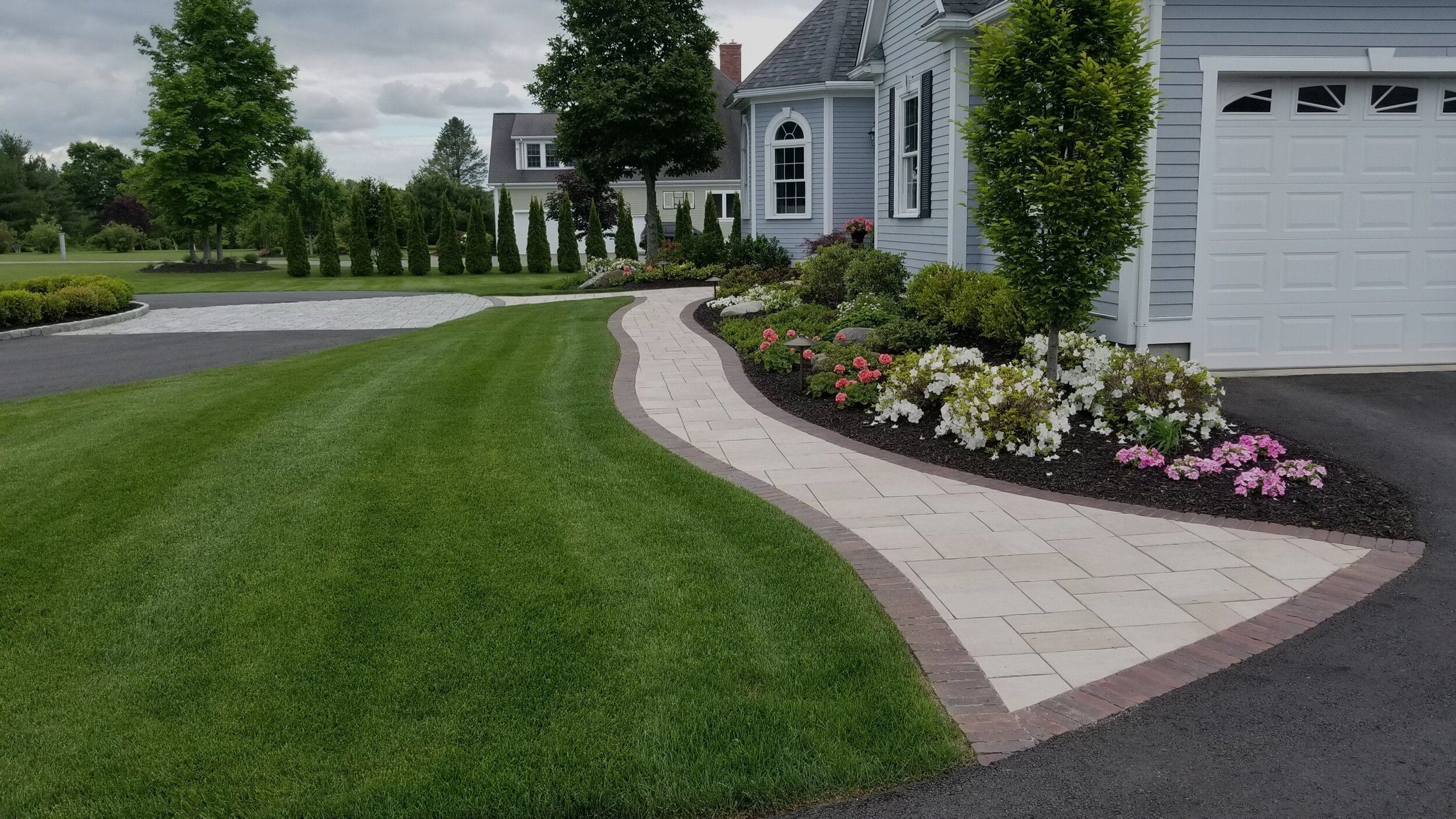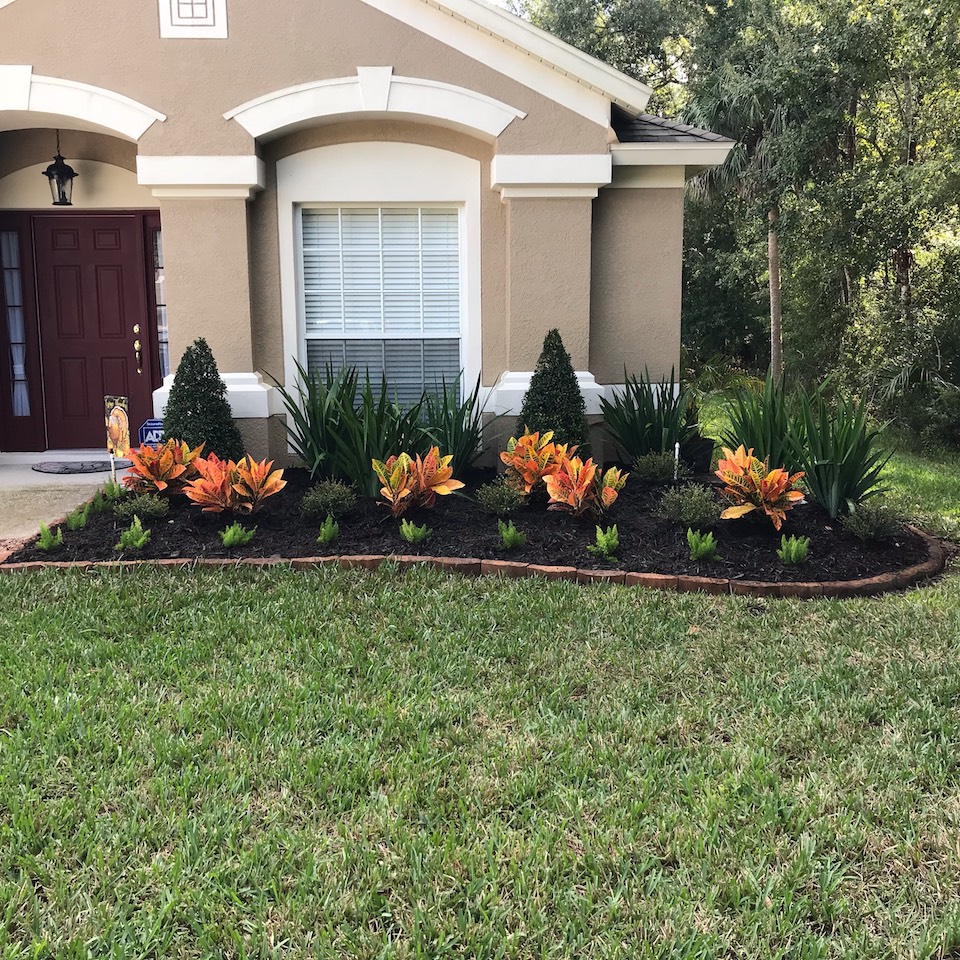Top Tips for Enhancing Your Garden with Palm Desert Landscaping Ideas
A Comprehensive Guide to Creating and Implementing Effective Landscape Design Solutions
The art and scientific research of landscaping extend past simple looks; they include a thoughtful integration of design principles, environmental stewardship, and functional application. A detailed guide to effective landscaping solutions starts with an extensive understanding of your outside area, emphasizing the importance of balance, percentage, and unity. As we check out sustainable strategies and the option of proper flora, the effects for biodiversity and neighborhood health end up being increasingly obvious. What methods can one utilize to ensure these landscapes not just flourish however also prosper attuned to their environments?

Comprehending Landscape Style Principles
One may wonder what fundamental aspects add to reliable landscape style. At its core, effective landscape style rests on a number of essential concepts that direct the setup and choice of elements within a room. These principles consist of unity, balance, rhythm, and percentage, each offering to produce an unified outdoor setting.
Unity describes the natural connection amongst various elements, ensuring that they collaborate visually and functionally. Equilibrium can be achieved with in proportion or asymmetrical plans, permitting the landscape to feel steady and welcoming. Percentage entails comprehending the scale of aspects in relation to each other and the surrounding atmosphere, advertising aesthetic consistency and comfort.

Assessing Your Outdoor Room
Prior to implementing the principles of landscape style, a comprehensive assessment of your outdoor room is essential. This preliminary examination assists define the extent of your landscape design job and makes certain that your layout straightens with the one-of-a-kind characteristics of your home. Begin by examining the measurements of your room, taking precise dimensions to understand the readily available location for various elements such as patio areas, paths, and yards.
Following, observe the existing functions of your landscape, consisting of topography, soil high quality, and drain patterns. These elements considerably influence plant selection and placement. In addition, analyze the sunshine direct exposure across different areas throughout the day, as this will affect the sorts of plants that grow in your yard.
Take into consideration the microclimates developed by structures, trees, and other barriers, as they can influence temperature and dampness levels. Take note of any type of existing plants or hardscape elements that you wish to maintain or get rid of. This comprehensive examination prepares for a efficient and knowledgeable landscaping service, ensuring that your design is not just visually pleasing yet likewise functional and lasting for several years to find.
Sustainable Landscaping Strategies
Integrating lasting landscaping strategies is vital for developing an ecologically accountable outside space. These methods not just promote environmental balance but additionally enhance the practical and visual value of a landscape. One foundational strategy is the usage of indigenous plants, which call for much less water and upkeep while supporting regional wild animals. Implementing effective watering systems, such as drip irrigation, reduces water waste and makes certain that plants receive appropriate dampness.

An additional effective technique is the calculated positioning of trees and bushes to give all-natural windbreaks and shade, therefore decreasing energy expenses (Palm Desert Landscaping). Rainfall yards can be incorporated into the landscape style to take care of stormwater drainage efficiently, filtering system toxins before they go into rivers
Picking the Right Plants
Selecting the visit this website right plants for your landscape is vital to attaining both visual appeal and ecological harmony. The process starts with an understanding of your local environment, soil conditions, and the particular microenvironments within your landscape. Examining variables such as sunshine direct exposure, wetness degrees, and existing flora will help you select plants that grow in your one-of-a-kind setting.
Take into consideration incorporating native plants, as they are well-adapted to local problems, require much less upkeep, and assistance neighborhood wild animals. Furthermore, choosing a diverse range of types can improve biodiversity while decreasing the risk of disease and pest outbreaks. It is important to assess the growth habits, growing durations, and seasonal colors of possible plants to produce a vibrant and cohesive landscape.
Furthermore, consider the meant use the space; for example, if the location will certainly experience high foot web traffic, decide for resistant ground covers. By thoughtfully choosing plants that straighten with both your ecological needs and visual objectives, you can produce a sustainable landscape that not just improves your residential property however also adds positively to the bordering ecological community.

Execution and Maintenance Methods
Once the ideal plants have been chosen for your landscape, the emphasis changes to effective implementation and continuous upkeep strategies. Effective installation starts with appropriate site preparation, which consists of soil screening to identify nutrient levels and pH, followed by changing the dirt as required. Very carefully arrange plants according to their development habits and light needs, guaranteeing appropriate spacing to advertise healthy growth.
Irrigation is a vital element of application. Establish a watering timetable that takes into consideration the certain needs of each plant varieties, readjusting for seasonal changes. Utilizing drip irrigation systems can enhance water effectiveness and minimize overflow.
Maintenance strategies must be implemented to ensure the longevity and vitality of your landscape. Normal jobs consist of weeding, mulching, and trimming to regulate development and stop illness. Fertilization should be performed based on soil tests, supplying the essential nutrients without over-fertilizing.
Checking for diseases and pests is necessary; early detection can protect against substantial damage. Lastly, seasonal changes to maintenance routines, such as preparing and winterizing perennials for springtime development, will make certain that your landscape continues to be healthy and balanced and visually appealing year-round.
Conclusion
To conclude, efficient landscape design remedies call for a detailed understanding of layout concepts, thorough assessment of exterior spaces, and the application of lasting methods. The selection of proper plant species plays an important role in improving visual appeal and ecological strength - Palm Desert Landscaping. Effective application and recurring maintenance better ensure the longevity and vitality of landscapes. By integrating these components, landscapes can be transformed into attractive, functional atmospheres that advertise biodiversity and add positively to neighborhood wellness.
One might wonder what foundational elements contribute to efficient landscape style. At its core, successful landscape style pivots on a number of crucial click for info concepts that lead the setup and option of components within a room.Selecting the right plants for your landscape is important to accomplishing both visual charm and environmental harmony. It is vital to examine the development routines, flowering periods, and seasonal colors of prospective plants to develop a vibrant and cohesive landscape.
When the ideal plants have been chosen for your landscape, the focus changes to reliable execution and continuous maintenance techniques.